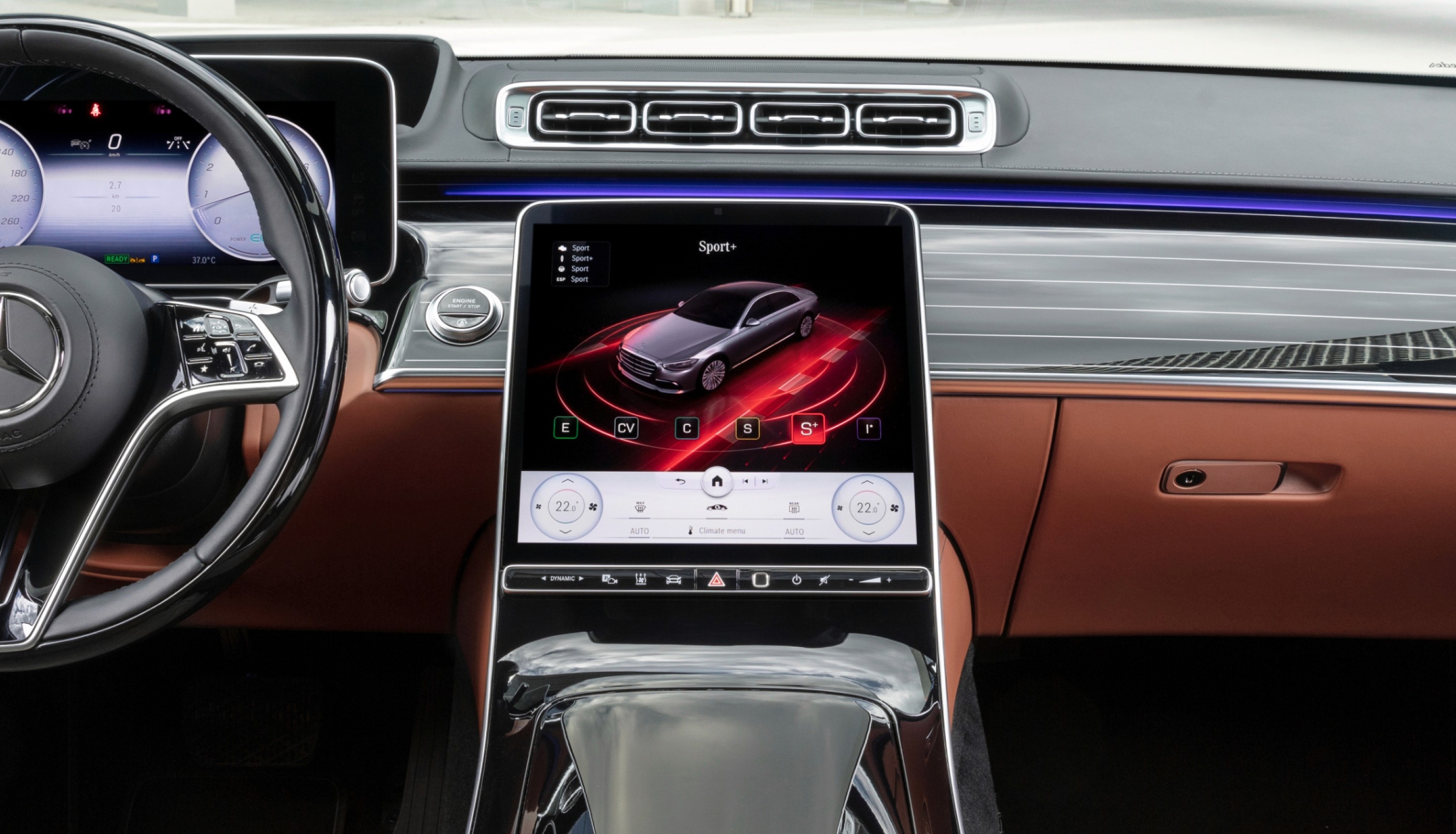During my internships at Mercedes-Benz in Germany and California, I had the privilege of being involved in diverse projects related to infotainment system UX and the future of luxury mobility. From enhancing the user experience of infotainment systems to reimagining tomorrow's luxury transportation, I gained valuable experience in the automotive industry.
UX Engineering Team, Sindelfingen 2014 (6mo)
UX Design Team, Sindelfingen 2016, 6mo
Advanced UX Design Team, Sunnyvale, 2018, 5mo
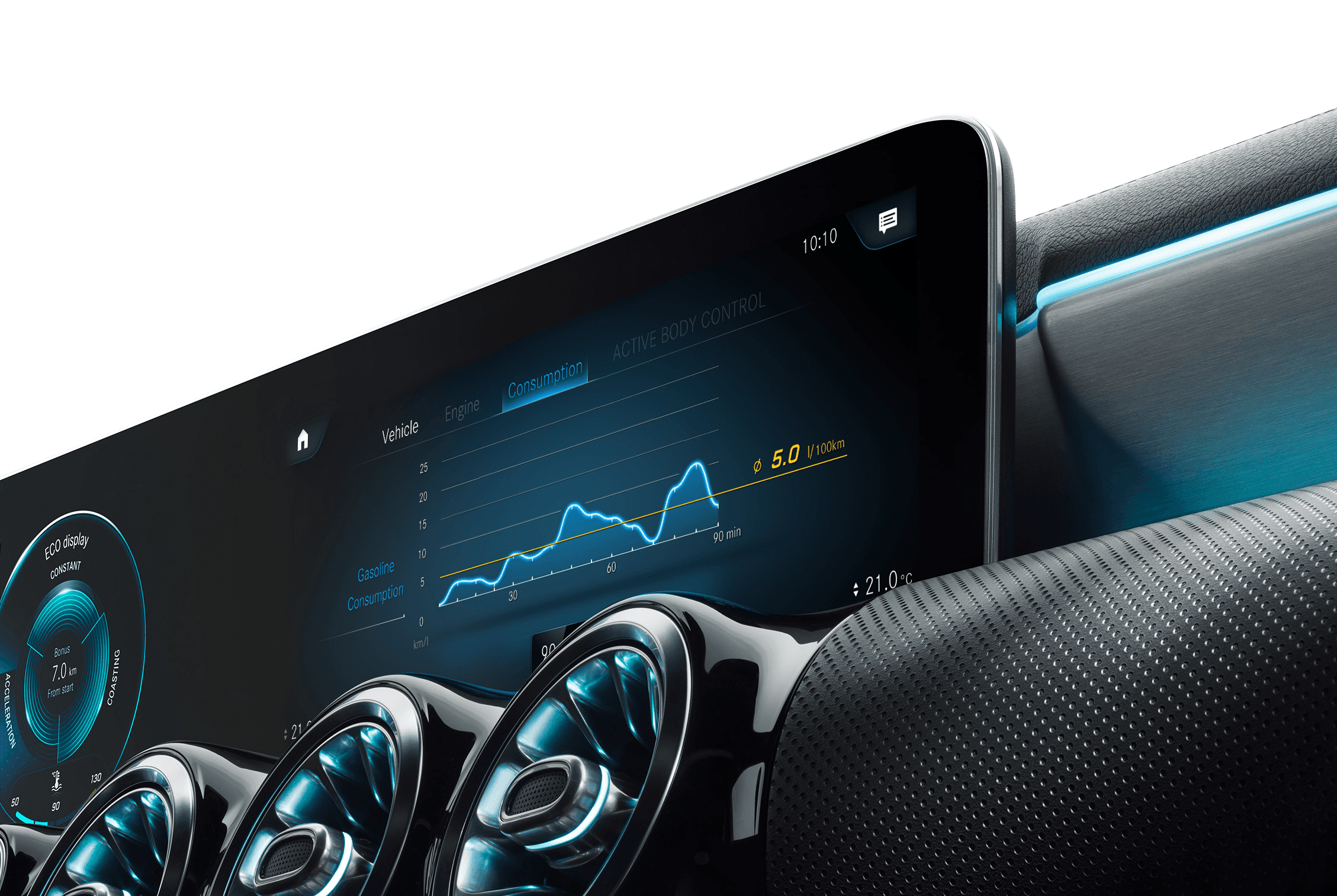
What sets working at Mercedes, and likely other automotive companies, apart is the constant focus on designing within the driving context. As vehicles still primarily rely on human operation, interacting with the infotainment system can pose a challenge until full autonomy is achieved. However, Mercedes boasts an interior that serves as a multi-modal oasis, offering various input methods for controlling the vehicle.
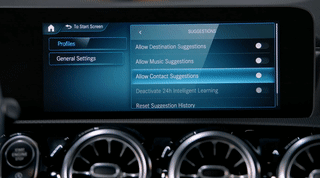
Touchscreen
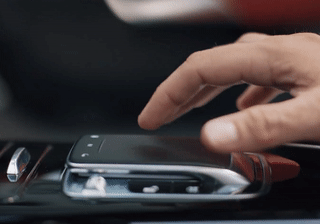
Center Console
Touchpad

Steering Wheel
Touchpad
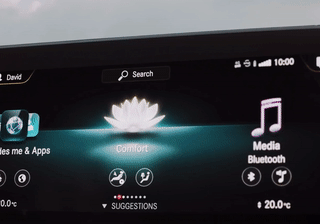
Voice Assistant

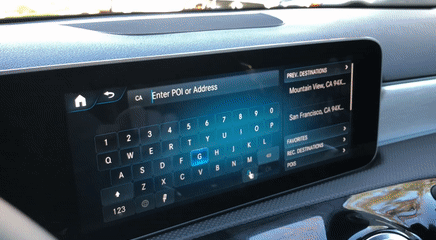
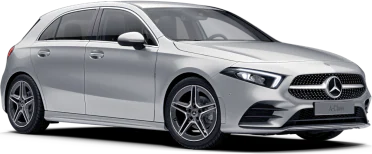
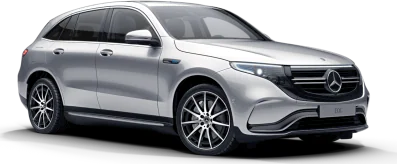
MBUX | 2018
One of the most critical features of the infotainment system is the navigation app. I had the opportunity to contribute to the redesign of the destination input, including user flows such as intermediate destinations and alternative routing. These functionalities are integral to any navigation app, allowing users to explore alternative routes and add intermediate stops to their journeys.

Additionally, I had the opportunity to bring driving mode visualizations to life. By creating multiple versions of animations using tools like After Effects, I presented the various driving modes, such as comfort, eco, or sport, in an engaging manner. These visualizations aimed to enhance the driver's experience and create a dynamic connection between the vehicle and its operator.
